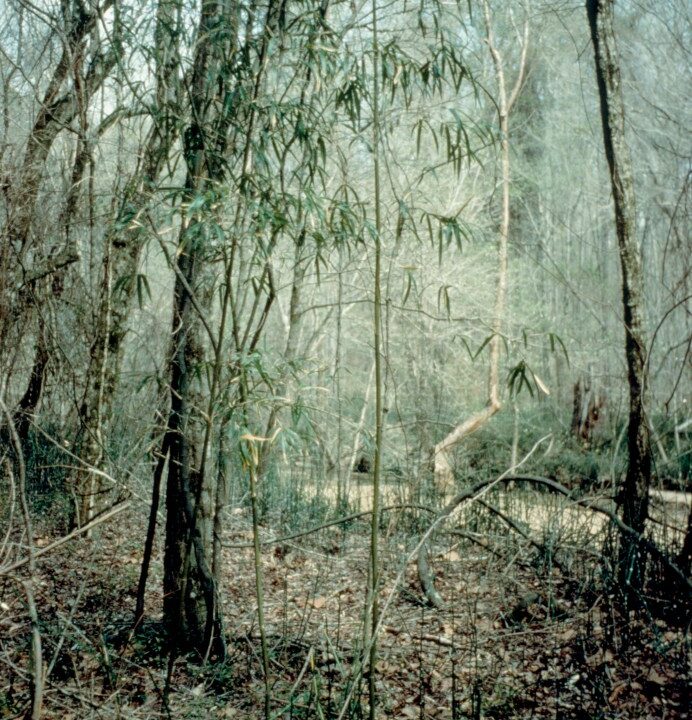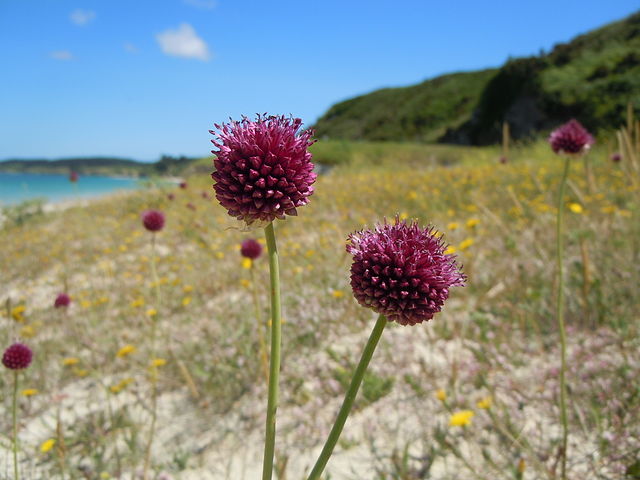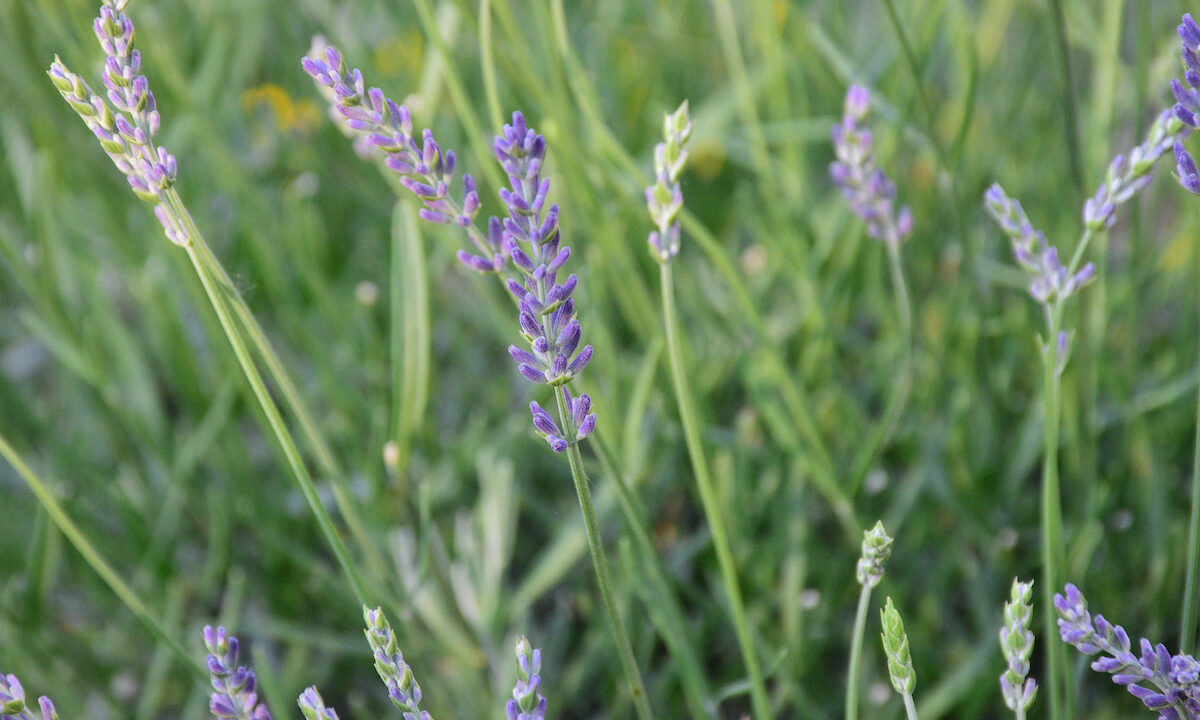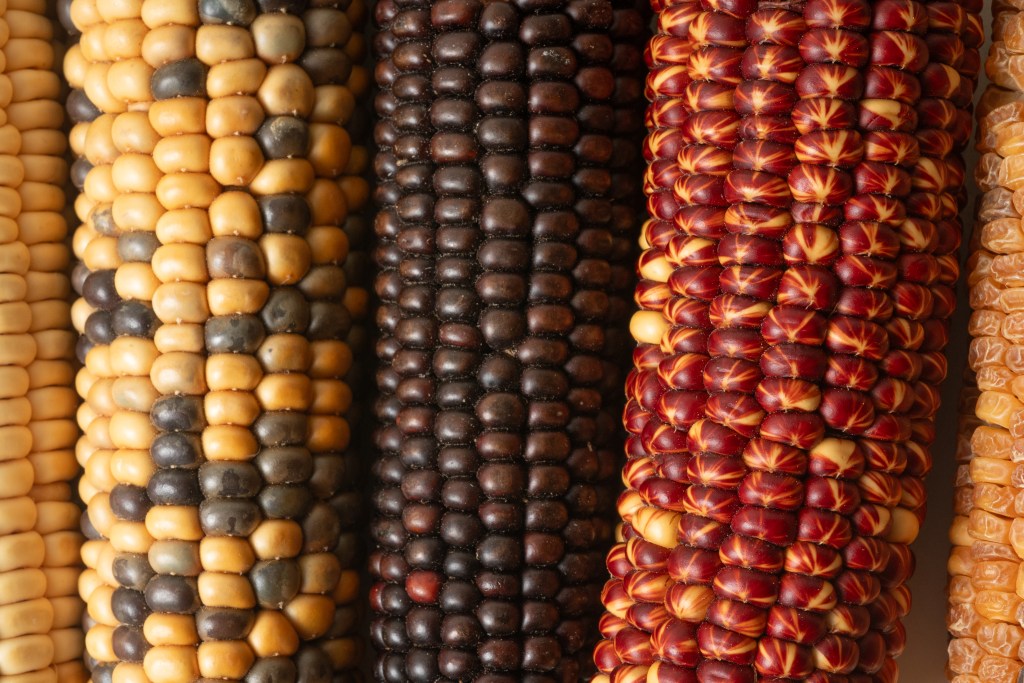Every year, the Missouri Botanical Backyard’s Science and Conservation workers uncover and title about 200 plant species new to science. That’s roughly 10 % of all plant species found by scientists worldwide yearly.
Discovery is the primary essential step in plant conservation. Till a species is described, we can not take into consideration conservation standing or guarantee its survival. Many vegetation described by scientists are critically endangered and vulnerable to disappearing. As soon as the species has a reputation, plans to attempt to make sure its survival can start.
We’re nonetheless counting the variety of new species found by the Backyard this yr, however listed here are a number of highlights thus far.

New species: Heisteria austroecuadorica
Kind of plant: Distant relative of the sandalwood
The place it’s from: Ecuador
Describers: Backyard Scientist Carmen Ulloa and colleagues Xavier Cornejo and Jürgen Homeier.
Preliminary conservation standing: Endangered
Extra: This small tree endemic to the foothills of the Andes in southern Ecuador options fruits with a brilliant orange-red expanded calyx, like ballerina skirts. These miniature ballerina skirts are attribute of this genus and maybe entice Andean birds like toucans or parrots that eat the fruits and disperse the seeds. It took virtually 25 years since first collected to review, evaluate, and collect further materials wanted to explain this plant as new.
Printed in Phytotaxa.

New species: Anthurium huaytae
Kind of plant: Anthurium
The place it’s from: Peru
Describers: Backyard Scientist Tom Croat and collaborator Carlos Martel
Preliminary conservation standing: Unknown
Extra: Scientists analyzed the chemical compounds liable for this plant’s scent to search out its possible pollinator: euglossine bees, or orchid bees. These bugs collect the fragrance to draw feminine bees. The plant is thought from just one location, however given related environments close by different populations might exist. It’s considered one of an intensive record of aroids described by Backyard Scientist Tom Croat.
Printed in Phytotaxa.

New species: Malpighia inclinata
Kind of plant: Barbados cherry
The place it’s from: Nicaragua
Describer: Backyard Scientist Amy Pool
Conservation standing: Unknown, however plant is taken into account uncommon
Extra: This shrub produces flowers that open pink and rapidly fade to white, that means each pink and white flowers will be seen on it concurrently. It’s in all probability fairly uncommon because it has solely been collected 3 times, all in a small space in Nicaragua. Like most Neotropical members of the Malpighiaceae household, this species is probably going pollinated by feminine oil-gathering bees. These bees within the means of gathering oil from the plant’s oil-producing sepals to feed to their younger and switch pollen from the flowers of 1 plant to a different.
Printed in Novon.

New species: Dalbergia rakotovaoi
Kind of plant: Rosewood
The place it’s from: Madagascar
Describers: Backyard Scientists Pete Phillipson, Nic WIlding, and colleague Simon Crameri
Conservation standing: Endangered
Collected by lately retired botanist Charles Rakotovao, one the Backyard’s most prolific plant collectors in Madagascar, this species is considered one of not less than 9 rosewood species described in 2023 because the Backyard continues work on the Madagascar Valuable Wooden Mission.
This undertaking, began in 2019, goals to assemble data on all species of rosewood, within the genus Dalbergia, and ebony, within the genus Diospyros, in Madagascar in order that the Malagasy authorities may have the mandatory data to sustainably handle this priceless useful resource. One of many important objectives of the undertaking was to develop a sensible set of instruments to facilitate discipline identification of rosewood and ebony species, even within the absence of flowers and fruits, which is usually the case when conducting forest inventories.
New species of each Diospyros and Dalbergia proceed to be found as taxonomic work advances. Probably the most lately describes species brings the whole variety of accepted species within the genus Dalbergia in Madagascar to 64, all of which happen nowhere else on the earth.
Printed in BioOne.

New species: Campomanesia madidiensis
Kind of plant: Myrtle
The place it’s from: Bolivia
Describers: Backyard Scientist Alfredo Fuentes, Missouri Botanical Backyard, and collaborator Daniel Villarroel
Conservation standing: Endangered
Extra: This new species is restricted to probably the most intensive, and till lately, greatest preserved Andean dry forests within the Madidi Nationwide Park. Its title celebrates and honors Madidi, probably the most biodiverse locations on the planet. The species is threatened resulting from unlawful mining that has lately been established and expanded in Madidi Park, notably in these dry valley ecosystems. Mining threatens a number of different endemic species that had been additionally found by the Backyard’s Bolivia program.
Printed in Revista de la Sociedad Boliviana de Botánica.

New species: Rustia ucayalina
Kind of plant: False Quinine Tree
The place it’s from: Peru
Describers: Backyard Scientist Charlotte Taylor
Preliminary conservation standing: Endangered
Extra: This tree recognized from Amazonian Peru has uncommon flowers. The flower’s anthers open by pores as a substitute of slits and when an insect or hummingbird bumps them, they launch a cloud of pollen that covers the insect or chicken.
A lot of the specimens of Rustia ucayalina had been collected within the Oxapampa province, residence of the Backyard’s Peru undertaking. Collections date again to the Eighties, and all however one of many scientists who’ve documented this tree have been Backyard scientists.
Printed in Novon.

New species: Polygonatum bifolium
Kind of plant: Solomon’s seal
The place it’s from: Myanmar
Describers: Backyard Scientist Aaron Floden and collaborator Kate E. Armstrong
Preliminary conservation standing: Susceptible
Extra: The smallest recognized species of Polygonatum, Polygonatum bifolium, grows solely to 3-12 inches in peak with solely 2-3 leaves and 1-2 flowers. It has solely been present in one small space close to the border with India, the place it grows as a perennial evergreen epiphyte—a plant that grows on one other plant. It produces red-orange fruit, which scientists suppose is probably going consumed by native birds.
Printed in Novon.

New species: Anoectangium radulans
Kind of plant: Moss
The place it’s from: Mexico
Describer: Backyard Scientist Richard H. Zander
Preliminary conservation standing: Susceptible
Extra: Mosses normally have clean leaves or often have tiny bumps over the leaf cells which can be thought to boost absorption of water after an extended dry spell. Some species have very odd outgrowths that haven’t any obvious speedy worth for survival. It could contain some nice leap in creativeness to elucidate some moss options as variations.
Anoectangium radulans is known as for the strains of ridges crossing the leaves, giving them the looks of a tiny file. No suggestion, even for enjoyable, was made within the revealed article of any doable worth in species survival for this uncommon characteristic. What do you suppose?

New species: Polystichum xuansonense
Kind of plant: Fern
The place it’s from: Vietnam
Conservation standing: Unknown, however plant is taken into account uncommon
Describers: Backyard Scientist Li Bing Zhang and collaborators Ngan Thi Lu and Liang Zhang
Extra: Backyard Scientist Li Bing Zhang is a specialist in ferns that dwell within the odd habitat of caves and sinkholes however this species grows within the open open on limestone in dry forests. It was collected by Zhang and his co-describers throughout fieldwork in a nationwide park in Vietnam in 2013. It’s named for the nationwide park.
Printed in Phytotaxa.

New species: Brymela antioquiana
Kind of plant: Moss
The place it’s from: Colombia
Conservation standing: Unknown
Describers: Backyard Scientists John J. Atwood and Steven P. Churchill
Extra: The distinguishing options of this new species had been first famous by Backyard bryologist Steve Churchill in 1995, however the species was not formally described at the moment and the specimens had been then forgotten about among the many backlog of Neotropical bryophytes ready to be studied within the Backyard’s herbarium. The second creator re-discovered the specimens whereas engaged on the backlog.
The genus, Brymela, was described in 1985 by two Backyard bryologists, Marshall Crosby and Bruce Allen, who had been then additionally naming specimens from the intensive herbarium backlog at MO. The title ‘Brymela’ is an anagram based mostly on the title of Backyard Scientist Barry Hammel, who made the primary assortment of this genus in 1978 whereas doing fieldwork in Panama.
Steve Churchill, a longtime Backyard scientist, handed away earlier yr. By way of his work, he closely contributed to data of the mosses of the Andean nations of Colombia, Venezuela, Peru and Bolivia, and to constructing capability for the research of mosses in these nations.
Printed in Acta Biologica Plantarum Agriensis.

New species: Desmopsis terriflora
Kind of plant: Custard apple
The place it’s from: Mexico
Conservation standing: Unknown
Describer: Backyard Scientist George E. Schatz and collaborators María Fernanda Martínez-Velarde, Andrés Ernesto Ortiz-Rodriguez, and Thomas Wendt
Extra: This uncommon tree flowers in a most extraordinary method. Lengthy whip-like branches lengthen from the decrease trunk and are then buried within the leaf litter slightly below the floor earlier than sending up erect inflorescences. This sort of flowering, known as flagelliflory, is a really uncommon phenomenon in nature and has been documented in solely 20 tree species. Observations recommend Desmopsis terriflora is especially pollinated by flies and ants.
Printed in PhytoKeys.





New and Resurrected Genera
Genus is a taxonomic rank above species. Calea is a genus of flowering vegetation within the aster household initially described by Carl Linnaeus in 1763. The genus has grown to greater than 100 species and the vegetation are widespread all through tropical America, but poorly recognized and sometimes misclassified.
“Over the centuries Calea has grow to be a trash dump (so-to-speak) of unrelated species which can be artificially related,” stated Backyard Scientist John Pruski, who has studied the genus since 1983.
In 2023, Pruski revealed a 170-page paper on Calea that described three new genera and resurrected three others.
A resurrected genus is one which was described, however then ceased for use as its vegetation had been labeled into one other current genus or different genera. As an illustration, the genus “Lemmatium” was named as a brand new genus in 1836 however many years later, scientists determined it was synonymous with “Calea.” Pruski deemed Lemmatium to be distinct from Calea resulting from its narrowly-stalked four-angled fruits in comparison with Calea’s flat-based spherical fruits.
In complete, the newly-described and newly-resurrected genera comprise 67 species.
Catherine Martin
Senior Public Data Officer





